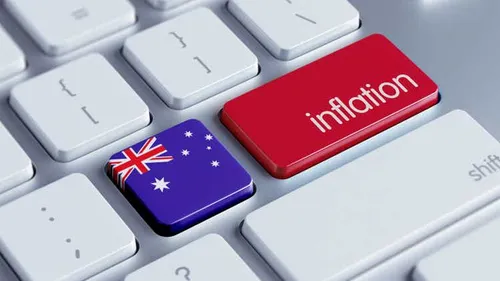Inflation Declines
Inflation has been a persistent challenge for economies around the world. However, recent developments indicate a decline in inflation, bringing a sense of relief to consumers, businesses, and policymakers. This essay explores the factors contributing to the easing of inflation, its impact on various sectors, and the prospects for sustained economic stability.
Table of Contents
Global Economic Environment
The global economic environment has played a crucial role in the recent decline in inflation. Various factors, including the stabilization of supply chains, a decrease in energy prices, and effective monetary policies, have contributed to this positive trend. The COVID-19 pandemic had caused disruptions in supply chains, leading to shortages and increased costs. However, as the world adapted and supply chains recovered, the pressures on prices began to ease.
Energy prices, particularly oil, have a significant influence on inflation. The sharp rise in oil prices during the pandemic was a major driver of inflation. However, recent trends show a decrease in oil prices, partly due to increased production and a slowdown in global demand. This reduction in energy costs has contributed to the overall easing of inflation.
Role of Monetary Policies
Monetary policies implemented by central banks have been instrumental in controlling inflation. Central banks around the world have adopted measures such as interest rate hikes to curb inflationary pressures. These measures have been effective in moderating demand and controlling price increases. The balance between controlling inflation and supporting economic growth has been a delicate one, but the recent decline in inflation suggests that these policies are yielding positive results.
For example, the Federal Reserve in the United States has raised interest rates several times to control inflation. These actions have helped to cool down the economy and reduce inflationary pressures. Similarly, the European Central Bank and other central banks have taken steps to tighten monetary policies, contributing to the decline in inflation.
Impact on Consumers
The easing of inflation has had a direct impact on consumers. As prices stabilize or even decrease in some cases, consumers are experiencing a sense of relief. The cost of essential goods, such as food and fuel, has been a significant burden for many households. With inflation easing, the purchasing power of consumers is improving, allowing them to meet their needs more comfortably.
Additionally, the decline in inflation has a positive effect on savings and investments. When inflation is high, the value of money erodes over time, making it difficult for individuals to save for the future. With inflation easing, the value of savings is preserved, providing individuals with greater financial security.
Impact on Businesses
Businesses have also benefited from the easing of inflation. High inflation can lead to increased costs for raw materials, labor, and other inputs, squeezing profit margins. As inflation declines, businesses find it easier to manage their costs, which can lead to increased profitability. This improvement in business conditions may also encourage investment and expansion, contributing to overall economic growth.
Moreover, the decline in inflation reduces the uncertainty that businesses face. When inflation is high and unpredictable, businesses struggle to plan for the future, as they are unsure of how much their costs will increase. With inflation easing, businesses can make more informed decisions, leading to greater stability and confidence in the economy.
Challenges and Risks
While the decline in inflation is a positive development, it is essential to acknowledge the challenges and risks that remain. Inflation can be influenced by various external factors, such as geopolitical tensions, natural disasters, and changes in global demand. Any of these factors could potentially lead to a resurgence in inflationary pressures.
For example, geopolitical tensions in oil-producing regions could disrupt supply and lead to a spike in oil prices, which would have a direct impact on inflation. Similarly, natural disasters that disrupt agricultural production could lead to food shortages and higher prices. Therefore, policymakers must remain vigilant and ready to respond to any potential inflationary threats.
Prospects for Sustained Stability
The recent easing of inflation provides an opportunity for sustained economic stability. Policymakers must continue to implement prudent measures to maintain this positive trend. This includes monitoring global economic conditions, maintaining effective monetary policies, and addressing any potential risks that could lead to a resurgence in inflation.
Additionally, structural reforms that enhance productivity and efficiency can contribute to long-term economic stability. For example, investments in infrastructure, education, and technology can boost economic growth and reduce the likelihood of inflationary pressures in the future. By focusing on these areas, policymakers can create a more resilient economy that is better equipped to handle future challenges.
Conclusion
The recent decline in inflation is a welcome development for consumers, businesses, and policymakers. It reflects the effectiveness of monetary policies, the stabilization of supply chains, and a decrease in energy prices. However, it is essential to remain cautious and prepared for potential challenges that could disrupt this positive trend. By continuing to implement prudent policies and focusing on long-term structural reforms, there is a strong prospect for sustained economic stability and growth in the future. The easing of inflation marks a significant step toward economic recovery, offering hope and optimism for the years ahead.








